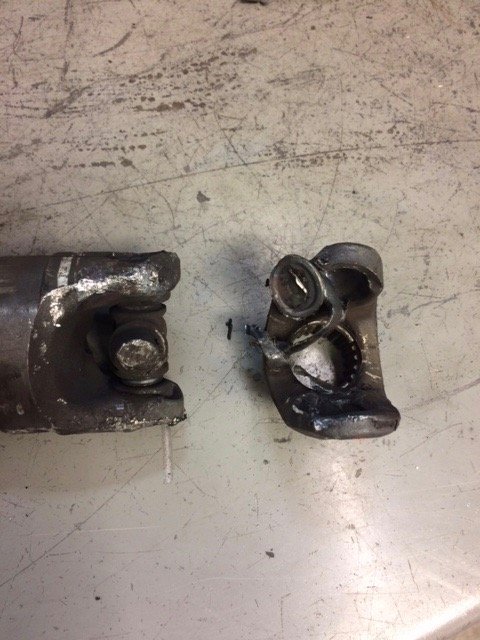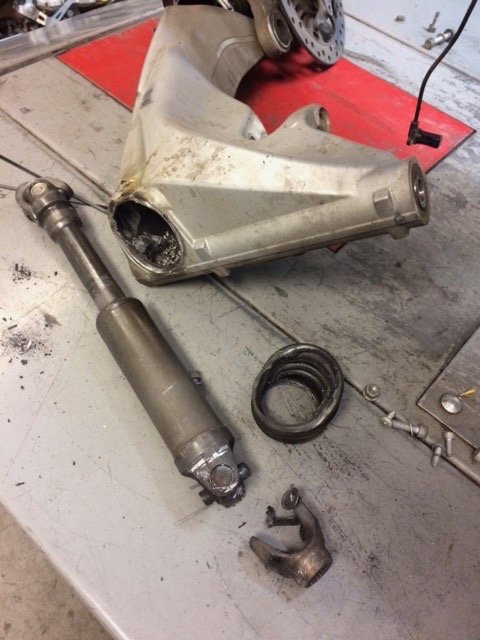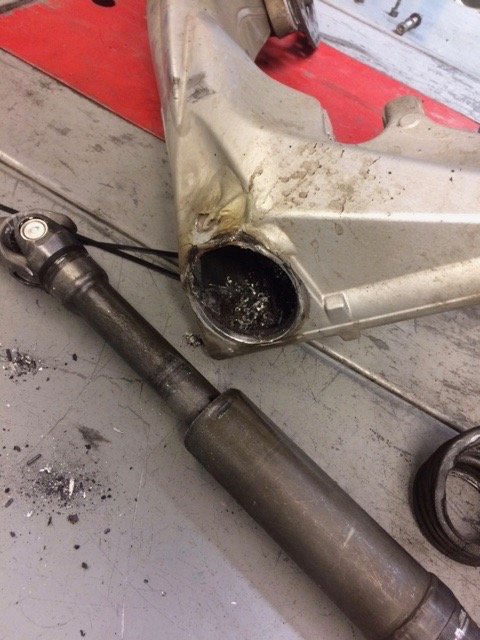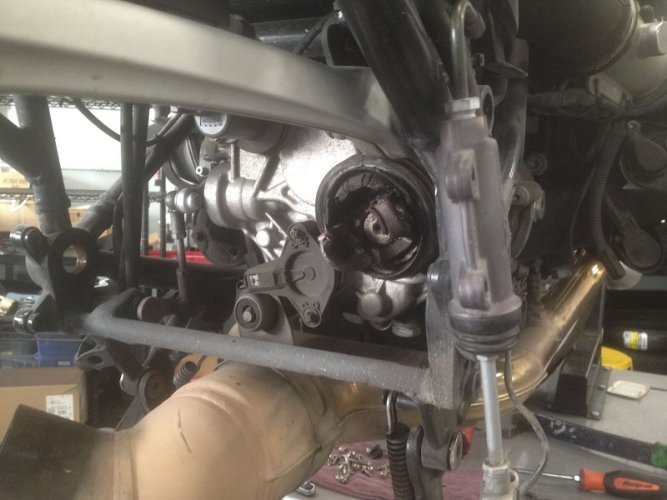beemergirl
New member
In 2011 I posted the u-joint/driveshaft failure in my 2009 RT at 36K miles.
That thread is here: https://forums.bmwmoa.org/showthread.php?54749-2009-RT-U-Joint-Failure&highlight=
I'm back with the same failure in my 2013 RT. Looks pretty similar. Too bad they can't admit there's a problem, I know a bunch of people with the same failure.
How unlucky can a girl get?
That thread is here: https://forums.bmwmoa.org/showthread.php?54749-2009-RT-U-Joint-Failure&highlight=
I'm back with the same failure in my 2013 RT. Looks pretty similar. Too bad they can't admit there's a problem, I know a bunch of people with the same failure.
How unlucky can a girl get?







